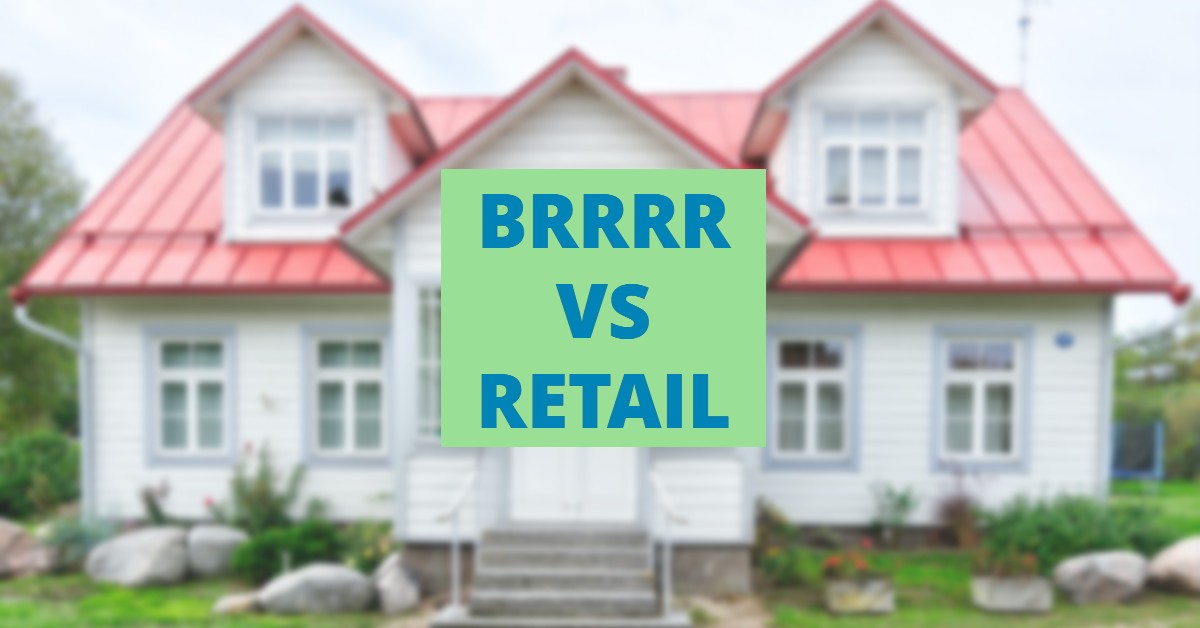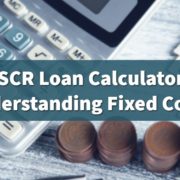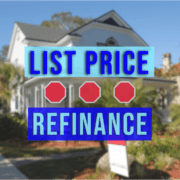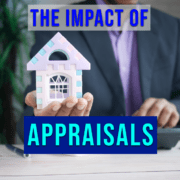BRRRR vs Retail: What Properties Do Real Estate Investors Buy?
Categories: Blog Posts
Where should you be looking for properties as an investor? Here’s the difference between BRRRR vs retail.
Sometimes beginner real estate investors buy the wrong properties.
BRRRR will never work in your favor unless you buy under-market.
Here’s a breakdown of BRRRR vs retail so you don’t make the same beginning mistake.
Buying BRRRR vs Retail
This is the basic concept behind real estate investing. There are two types of real estate properties:
- Retail – When we think of a house as “on the market,” it’s a retail property. These houses sell at market price, a cost determined by current market conditions. In real estate, this includes supply, demand, location, interest rates, and a number of other factors.
- Undermarket – Properties that might be considered “off-market” are sold at an under-market price. Something prevents the house from selling at market value as-is. The home is outdated, damaged, foreclosed, or suffering from some other condition.
To break down exactly why and how BRRRR works, we need to look at the difference between buying retail and buying under-market as an investor.
Buying Retail with the BRRRR Strategy Doesn’t Work
The problem with buying retail as an investor is the house comes with no equity.
Let’s say you buy a property worth $400,000 (listed for that amount). With a conventional loan, the lender will cover up to 80% of the cost of the house. So you’ll need to put down 20%.
When you purchase the house and make the down payment, you’re transferring wealth, not creating it. You’re taking the money from your financial account and transferring it to the physical property.
So, you’ve moved $80,000 into the house, got a loan for $320,000, and created no additional wealth from the transaction.
There are three main disadvantages to retail properties:
- The property may create cash flow or wealth in the future as a rental property, but no wealth is created from the purchase.
- You’ll require money up-front (in this case, $80,000 plus closing costs).
- You can only repeat BRRRR retail properties as long as you have the money to fund them.
Buying Under-Market for BRRRR
True BRRRR properties, however, solve all three of those problems retail properties have. A BRRRR property:
- Creates equity & cash flow immediately (and over time).
- Can be done with zero money down.
- Is a repeatable process.
BRRRR is all about buying under-market properties – the houses that are unwanted and unloved. In this market going into 2023, a lot of these types of homes will pop up, resulting in some great deals.
BRRRR Purchase
There are certainly some nuances to BRRRR, but let’s look at the bare basics. Let’s take the same example used for the retail property.
You, again, buy a property with a value of $400,000. However, since it’s under-market, you can purchase it for only $250,000.
The catch is that the house isn’t necessarily worth the $400k as-is. The potential is there, but you’ll have to update and rehab it. Between those fix-up costs and the closing costs, you’ll have to put $50,000 more into the property.
So the total cost of the property ends up being $300,000, or just 75% of the value of the home.
Cost of the BRRRR Strategy
That 75% number is not only realistic but recommended for BRRRR properties. In down markets, it’s not entirely uncommon to see houses at 65% or below.
In this example, our all-in price (purchase + closing + rehab) is $300k, and the property is worth $400k.
Right away, we’ve created $100,000 in net worth.
Read the full article here.
Watch the video here:











